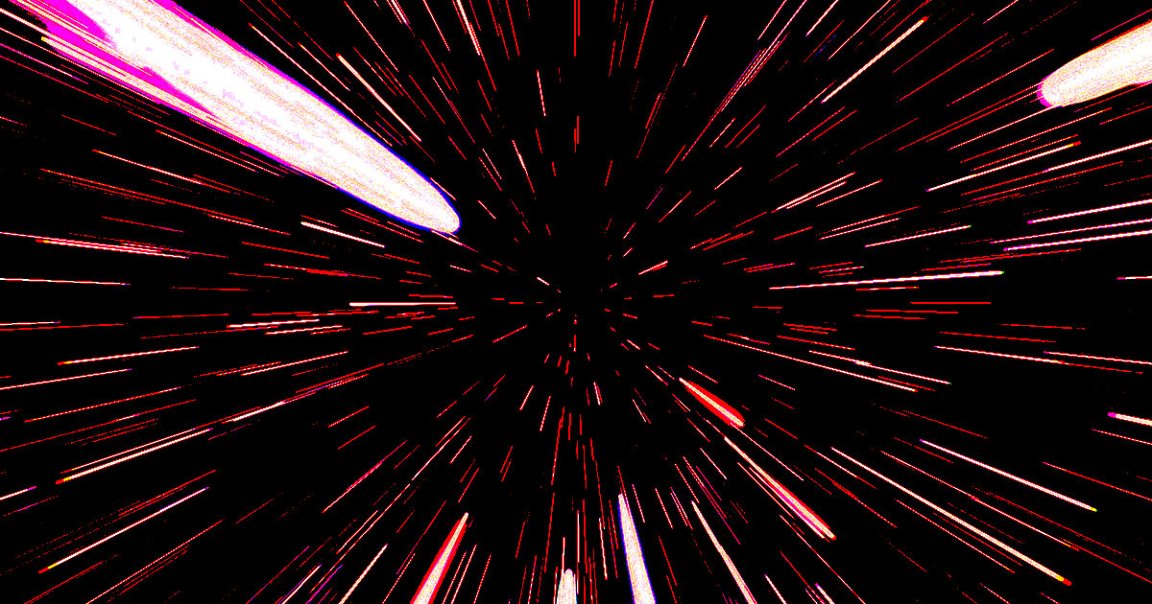
Space startup Exodus Propulsion Technologies claims to have achieved a breakthrough, stumbling upon an entirely new force of nature that could power thrusters that don’t need propellant to work.
As The Debrief reports, co-founder Charles Buhler — a former NASA engineer who’s worked on a number of major programs including the International Space Station, the Hubble Space Telescope, and the Space Shuttle — said the discovery could be a major turning point in humanity’s quest to explore space.
Buhler makes some wildly ambitious claims that will likely face plenty of scrutiny from the scientific community — and it’s unclear if his startup’s claims will survive.
“There are rules that include conservation of energy, but if done correctly, one can generate forces unlike anything humankind has done before,” Buhler told The Debrief. “It will be this force that we will use to propel objects for the next 1,000 years… until the next thing comes.”
The startup recently presented its findings at the Alternative Propulsion Energy Conference (APEC), a highly unusual “anti-gravity club” that attracts some of the biggest names in the field.
The team’s drive, which it says uses electrostatics to enable Buhler’s “new force,” isn’t exactly a powerhouse, producing a mere 10 milliNewtons. To put that into perspective, holding a mass of about 100 grams, or a medium-sized apple, in the palm of your hand exerts 1 Newton, or 100 times more force.
But the “magnitude is not important, really, since anything above zero would work in space!” Buhler assured The Debrief.
“Our materials are composed of many types of charge carrier coatings that have to be supported on a dielectric film,” he explained. “Our aim is to make it as lightweight as possible, but that is sometimes difficult since the films and their coatings have to have a high dielectric breakdown strength.”
To Buhler, it’s a major breakthrough that means “that there’s some underlying physics that can essentially place force on an object” given “an asymmetry in either electrostatic pressure or some kind of electrostatic divergent field.”
Of course, Buhler’s comments should be taken with a grain of salt, given the subject matter and the device’s strained relationship with the established laws of physics.
“It’s very hard to reconcile, from a scientific point of view because it does seem to violate a lot of energy laws that we have,” Buhler told APEC cofounder and moderator Tim Ventura, adding that “we’re hoping to do some demos” in space.
It’s a Moonshot reminiscent of other propulsion drives we’ve come across, like NASA’s highly controversial EmDrive and startup Applied Physics’ “warp drive,” both of which similarly appear to break the laws of physics.
But let’s be honest: if they do somehow make propellantless propulsion work, it would be very, very cool.
More on propulsion: China’s New Space Station Is Powered by Ion Thrusters